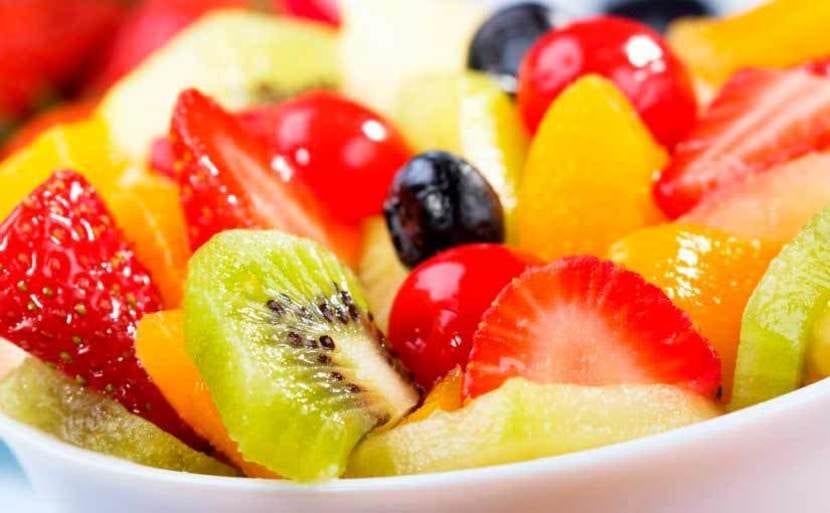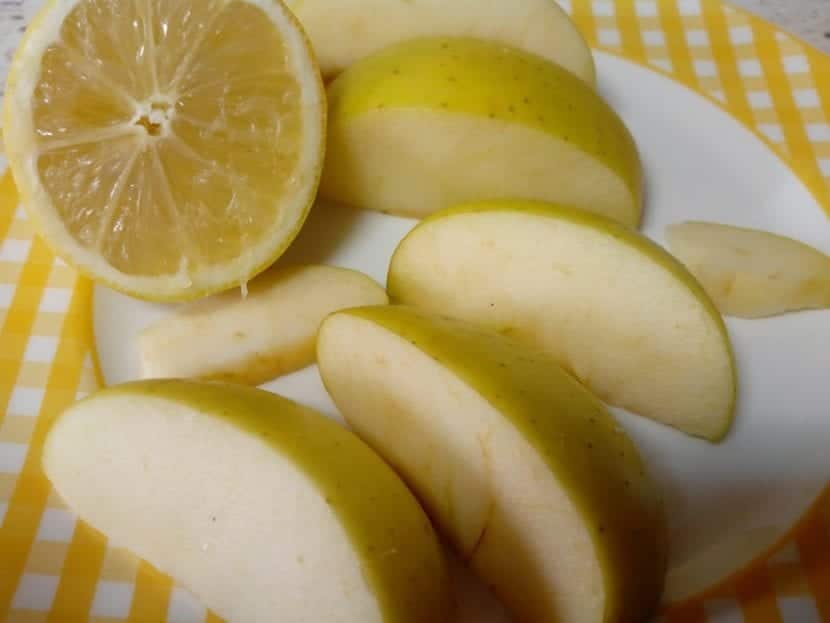
All moms know how healthy it is for your children daily fruit consumption. Experts recommend including three pieces a day in the diet of children for their high content in water, vitamins, fiber and minerals.
There are already many of you who choose that option for breakfast or a school snack. There are even schools that have implemented "the day of fruit."
In supermarkets we find more and more easy-to-carry fruit products. The bags of crushed fruit to drink, are an example. They have a very attractive packaging for the little ones and according to their manufacturers "they are equivalent to a serving of fruit." However, nutritionists warn about the high in sugar and fat of this type of packaged food.
Fresh fruit for breakfasts and snacks
One option is to bring a clean and whole piece of fruit. However, younger children do not know how to peel it and have a hard time eating it if it is not cut into small pieces.
It is clear then that the most advisable option is to prepare a lunch box with clean, peeled and cut fruit.
Can be varied or a single piece (not oversized):
- apple, orange or tangerine (sliced)
- grape, melon or watermelon (without seeds)
- pear or peach (not very ripe)
- banana (sliced)
- pineapple, strawberries, etc.
- it is always advisable that they be seasonal fruits.
The problem is how we can prepare the cut fruit so that it does not rust and at recess time it looks inviting and doesn't end up in the trash can at school.
Oxidation is a natural process that occurs when food comes into contact with air, giving it a dark brown color, but keep in mind that this process does not alter its nutritional properties or taste. It's just a false myth plus!

How to prevent cut fruit from rusting?
Here are a few tips that can be very useful:
- After slicing the fruit, sprinkle it with a few drops of lemon or orange juice. Citrus acid slows oxidation. You can use a vaporizer can.
- Use preferably zip-lock aluminum lunch boxes.
- Cut the apples into chunks and then rearrange them so that the parts do not come into contact with the air. Attach a rubber band to hold it.
- If you use zip-lock plastic bags, such as those sold to freeze food make sure to squeeze out all the air before closing it.
- Dip the freshly cut pieces in a bowl of cold salty water (half a tablespoon of salt for every liter of water). When removing them, you must rinse them with natural water.
- Wet one paper napkin in water and place it on top of the cut fruit before closing the lunch box.
- Be careful with the knife you use! I recommend the ones from plastic or ceramic.
- Add a little pineapple or peach syrup to the lunch box.
- Discover the fourth range food. They are fruits and vegetables that are washed, chopped and packaged before sale in a protective atmosphere. Very practical but not so inexpensive.
What trick do you use? Can you tell us in the comments?

Latest observations
- Children who are obese or overweight should moderate the consumption of fruits with high sugar content, but they can safely consume a greater amount of citrus.
- To make breakfasts and snacks more fun and varied, how about adding a vegetable snack? Some raisins, some strips of carrot or cheese, or some cherry tomatoes, for example.
- La the best drink to accompany all meals is water. It is not advisable to abuse packaged juices and / or sugary dairy products or those with strawberry or chocolate flavors. I recommend you save them only for special occasions.
- Let's think green. Try to avoid using aluminum foil which is not environmentally friendly at all and is of little use.